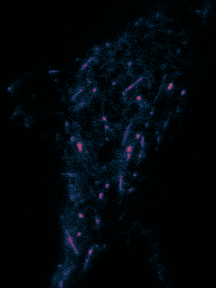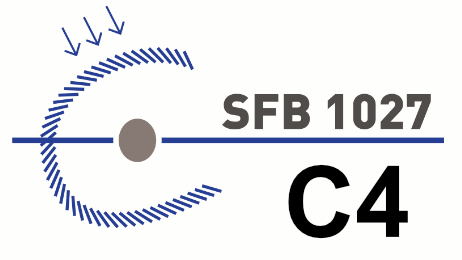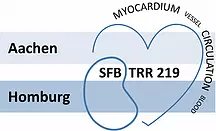Research
The main research interests of the lab focus on molecular mechanisms altering the spatial and temporal dynamics of intracellular Ca2+ signaling and their physiological and pathophysiological consequences. Local and global Ca2+ signals control pathways ranging from exocytosis, sensory signalling, transcription factor activation, proliferation amongst others. Changes in the intracellular Ca2+ concentration thus must be finely tuned both in time and space to ensure specificity of signalling cascades.



We are interested in the regulation of calcium selective ion channels on a molecular, cellular and also systemic physiological and pathophysiological level. All cells are tightly regulated by changes in the intracellular Ca2+ concentration. Especially, but not exclusive for immune cells, one Ca2+ entry route is through highly selective ion channels formed by ORAI proteins in the plasma membrane which are directly activated (gated) by interactions with the Endoplasmatic Reticulum (ER) Ca2+-sensor, STIM1, upon ER Ca2+ depletion and formation of specialized membrane contact sites. Although critical for immune cells, STIM and ORAI proteins are ubiquitously expressed and especially STIM proteins exist in many flavors due to cell type specific alternative splicing. We want to understand these cell type specific roles and also find out how dysregulated signaling affects human pathologies, such as neurodegenerative diseases but also chronic kidney and heart disease.
Questions include:
- How are ORAI and STIM proteins regulated on a molecular level, by their environment and by other intracellular signaling cascades?
- How do splice variants affect the physiology of a given cell type or organ?
Besides research on STIM and ORAI, we are collaborating with clinical groups to decipher the role of Ca2+ entry, ion channels and reactive oxygen species (ROS) in the pathogenesis of chronic kidney disease with associated cardiovascular complications. Details can be found on the site of Dr. Dalia Alansary.
Funding


Methods
(Hover over or click on images to learn more about the methods we use)


